Quick Weaves Vs. Sew-Ins: Which One Suits You The Best?
Choose between the instant glam of quick weaves and the enduring elegance of the sew-ins, and let the best win!
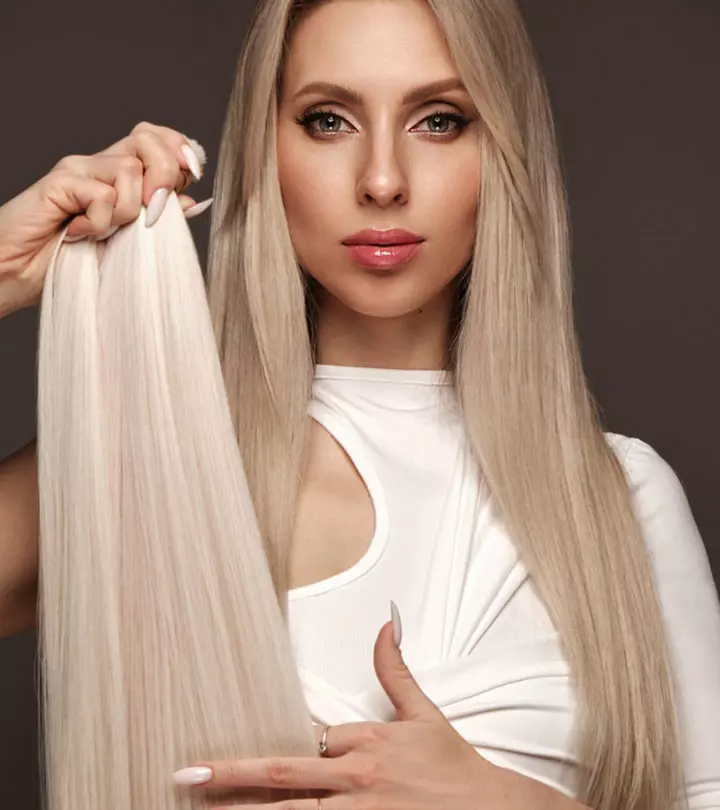
Image: Shutterstock
In the world of hair styling, choosing between a quick weave and a sew-in can be a pivotal decision that shapes your look and confidence. Each technique offers its own unique advantages, catering to different needs and preferences. Delving into the quick weave vs. sew in debate requires understanding the final aesthetic and factors like maintenance, versatility, and comfort. Are you seeking a convenient, temporary style change that allows easy removal and experimentation? Or do you desire a longer-lasting, more seamless look that withstands various activities and styling options? Explore the intricacies of both options to determine which aligns best with your lifestyle, budget, and desired outcome. This article delves into the nuances of quick weaves and sew-ins, helping you make an informed decision that elevates your hair game to the next level.
In This Article
What Is A Quick Weave?

A quick weave is a hairstyling technique where synthetic or human hair extensions are attached to a protective cap or directly onto your natural hair using hair glue or a bonding adhesive. If you use the protective cap, you have to first braid a bit of your hair near the roots. Place the cap over your braided hair, then bond the extensions onto it, like a wig, to achieve a desired style. If you are not using the cap, simply braid your hair at the roots and then attach the extensions.
A quick weave offers styling versatility, allowing for quick changes in appearance without the commitment of a long-term hairstyle. Quick hair weaves are popular for their convenience and affordability, making them a popular choice for those looking to switch up their look frequently or experiment with different lengths, textures, and colors.
However, it is important to note that quick weaves, despite how simple and easy it may appear, come with its own set of pros and cons.
Key Takeaways
- A quick weave is a hairstyling technique involving bonding hair extensions onto a protective cap or natural hair using glue.
- A quick weave is budget-friendly, requires minimal effort, and can be styled differently using different lengths, colors, and textures.
- Sew-in is a hairstyling technique involving sewing hair extensions onto a foundation, typically braided natural hair or a protective cap.
- Sew-in is a protective style that is durable and secure which allows you to move freely without any hassle.
Pros And Cons Of A Quick Weave
If you are considering getting a quick weave, weigh the advantages and disadvantages before making a decision. Here is a concise overview of the pros and cons to help you navigate this popular hair extension method.
Pros
- Quick And Convenient: Offers a speedy transformation that can be done in under 2 hours, perfect for those with busy schedules.
- Affordability: They are more budget-friendly, between $60 to $200, compared to other hair extension methods, making them accessible to a wider range of budgets.
- Versatility: Allows for various styling options, including different lengths, textures, and colors.
- Low Maintenance: Requires minimal upkeep, making it ideal for those seeking a low-maintenance hairstyle.
- Temporary Hairstyle: Provides the flexibility to change your look frequently without a long-term commitment.
Cons
- Short Lifespan: Typically lasts for a shorter duration,5-6 weeks, compared to other hair extension methods.
- Potential Damage: Improper application or removal may cause damage to your natural hair, increasing the potential for hair loss and shedding. Plus, it does not protect the natural hair from environmental stressors. This leaves the hair more prone to damage.
- Limited Durability: It may not withstand rigorous activities or styling or other methods.
- Dependency On Adhesives: Relies on a bonding glue or adhesive that may cause scalp irritation or allergic reactions in some individuals due to the presence of latex (1). Using a glue protector over the scalp may help avoid excessive itching.
 Quick Tip
Quick TipGetting to know the pros and cons of getting a quick weave will allow you to plan and decide on your hairstyle carefully. Meanwhile, it is also a good idea to know what sew-ins are all about to expand your styling choices.
What Is A Sew-In?
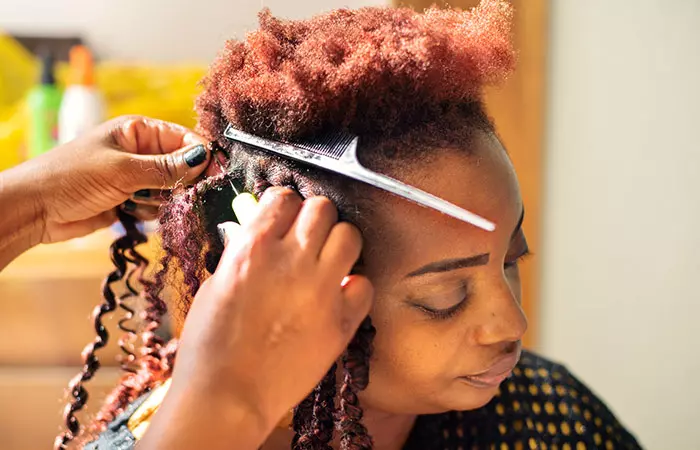
A sew-in, also known as a sew-in weave, is a hair extension method where tracks or collections of hair strands are sewn onto a foundation made of your natural hair or on a protective wig cap using a needle and thread. The process involves braiding your natural hair into cornrow braids as a base, then sewing the hair wefts onto the braids using a weaving needle and thread.
If you are using a protective cap for a sew-in weave, you don’t need to braid your natural hair into cornrows. Instead, the protective cap serves as the foundation onto which the hair wefts are sewn. The cap helps to protect your natural hair from the tension of the sew-in weave and provides a smoother surface for sewing the hair extensions.
This sew-in extension technique allows for a secure and longer-lasting hairstyle that can be customized in terms of length, texture, and color.
 Pro Tip
Pro TipA sew-in is a much more permanent hairstyle than a quick weave, so there has to be some positives and negatives to getting it done. Learn more below.
Pros And Cons Of A Sew-In
It is essential to understand the advantages and disadvantages of this hair extension method. Here is a breakdown of the pros and cons to help you make an informed choice.
Pros
- Longevity: Sew-in weaves typically last for about 6-8 weeks, longer than other temporary hair extension methods.
- Versatility: There are numerous ways to style your sew-in hair, such as updos, blowouts or with some color. You can experiment with various styles, lengths, and textures without committing to a permanent change.
- Natural Look: Sew-ins provide a seamless blend with your natural hair for a more authentic appearance.
- Hair Protection: Sew-in covers your natural hair. So, this technique protects your natural hair better by minimizing the need for direct heat styling. It also shields your hair from natural stressors like direct sunlight and dust.
- Secure Fit: Properly installed sew-ins offer a secure and comfortable fit, allowing you to go about your daily activities without worry.
Cons
- Installation Time: Sew-ins require time, about 3-6 hours, for proper installation compared to other extensions.
- Maintenance: Regular and proper maintenance appointments are necessary to keep the sew-in looking fresh and neat to avoid the growth of bacteria and build-up.
- Potential Damage: Improper installation methods or neglecting proper care can lead to damage to your natural hair, especially if you have thin locks. It can cause hair breakage, traction alopecia, and discomfort (2).
- Scalp Tension: Tight braiding during installation can cause discomfort or tension on the scalp.
Judith, a blogger, shares her experience of using a sew-in weave. She writes, “I’ve worn wigs a few times (started experimenting in college) and I’ve worn braids with extensions – mostly in my early youth. Let me tell you….nothing can compare to the itch I experienced with this sew-in (i).” She mentions that the itching could be a result of the weaving net which increased the scalp tension or the material of the thread used as it can cause allergic reactions.
 Quick Tip
Quick TipNow that you are familiar with both hairstyles along with their pros and cons, which one should you opt for? The differences between them will help you make the right choice that suits your hair and preferences.
The Key Difference Between Quick Weaves Vs. Sew-Ins
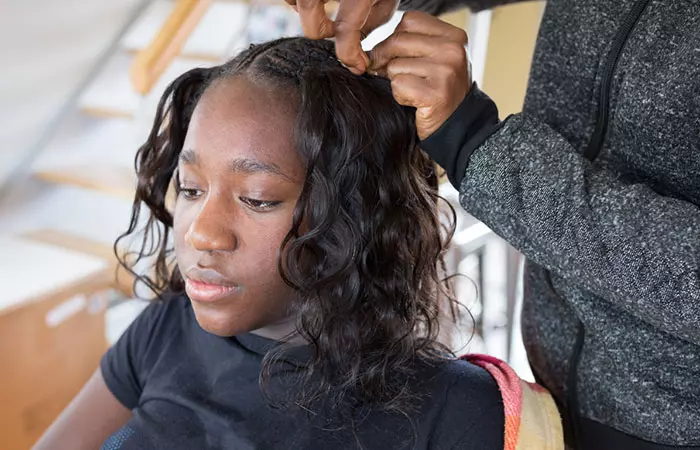
Each hair styling method offers its unique advantages and considerations. Let us compare the key differences between a quick weave and a sew-in across various factors to make an informed decision,
| Factors | Quick Weave | Sew-In |
|---|---|---|
| Installation Process | Typically quicker, usually 2-3 hours. | Longer installation, typically 3-4 hours. |
| Durability And Maintenance | Shorter lifespan, requires more frequent maintenance every 5-6 weeks. | Long-lasting, requires maintenance every 2-3 months. |
| Cost | Generally more affordable upfront, between $60 to $200. | May be more expensive, between $400 to $800. |
| Hair Damage | Potential for damage due to adhesive application and removal. | Scalp tension, dryness, breakage, risk of bacterial infection. |
Whether it is a sew-in or quick weave, choose the type of hair extension that best suits your specific needs, preferences, and lifestyle. A quick weave may be the ideal choice if you are looking for a quick, temporary change with more flexibility in styling options and a lower upfront cost. However, a sew-in is a more convenient option if you prioritize durability, longevity, and a more natural-looking result with less risk of hair damage. Consider factors such as installation time, maintenance requirements, budget, types of hair extensions, and potential hair damage before making your decision. So, a quick weave vs a sew-in, which one wins ultimately depends on you. Both techniques offer their own set of advantages and considerations, so it is important to weigh them carefully to achieve the hairstyle that aligns best with your individual preferences and goals.
Frequently Asked Questions
Can you wash your hair with a quick weave or sew-in?
Yes, you can wash your hair with a quick weave or sew-in. Gently massage a diluted shampoo onto your scalp, avoiding excessive rubbing or pulling on the extensions, then rinse your hair thoroughly with warm water.
Can I use heat styling tools with quick weaves and sew-ins?
Yes, you can use heat styling tools with quick weaves and sew-ins. However, it is important to use a heat protectant spray to prevent damage to the extensions and your natural hair.
Do quick weaves or sew-ins work better for different hair textures?
Both quick weaves and sew-ins can be suitable options for various hair types and textures. The choice depends more on personal preference and desired hairstyle rather than specific texture.
Does a quick weave grow your hair?
Quick weaves do not inherently promote hair growth. While they can protect natural hair from damage, growth primarily depends on genetics, overall hair care routine, and maintaining a healthy scalp.
If you are wondering about getting your hair done in the sew-in technique but wish to learn more about it, then you are at the right place. Check out the video below to discover the pros and cons a beginner should know about before diving in!
Personal Experience: Source
StyleCraze's articles are interwoven with authentic personal narratives that provide depth and resonance to our content. Below are the sources of the personal accounts referenced in this article.
i. MY WEAVE EXPERIENCE – ONE MONTH IN [PICS]https://hairwegrow.wordpress.com/2014/10/02/my-weave-experience-one-month-in-pics/
References
Articles on StyleCraze are backed by verified information from peer-reviewed and academic research papers, reputed organizations, research institutions, and medical associations to ensure accuracy and relevance. Read our editorial policy to learn more.
- Hair glue anaphylaxis: a hidden latex allergy
https://www.sciencedirect.com/science/article/abs/pii/S1081120610635946# - Traction Alopecia
https://www.ncbi.nlm.nih.gov/books/NBK470434/
Read full bio of Laura Dale
Read full bio of Shreya Mukherjee
Read full bio of Anjali Sayee
Read full bio of Pahul Nanra





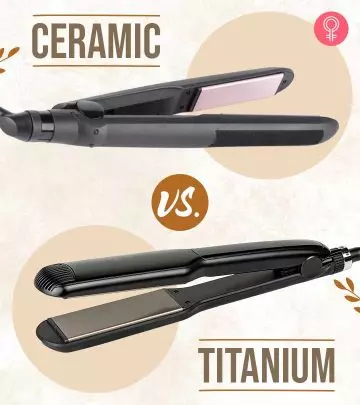
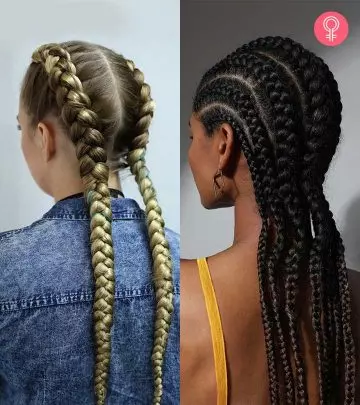


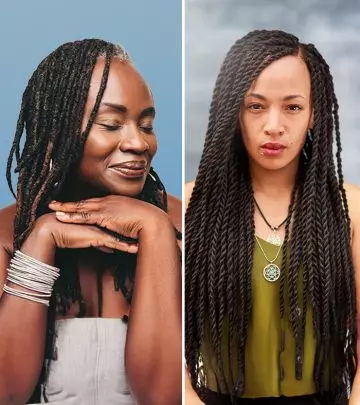
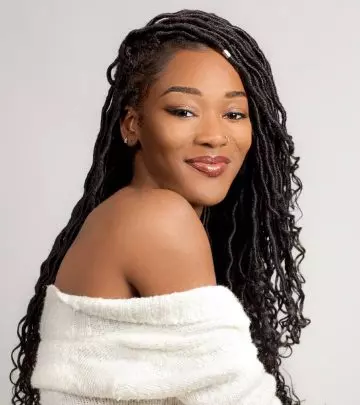
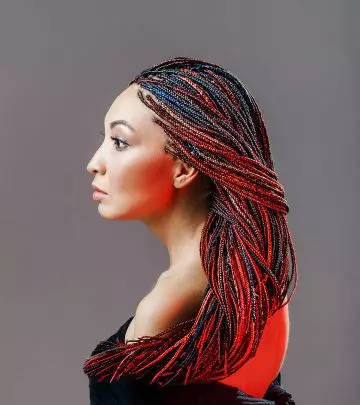

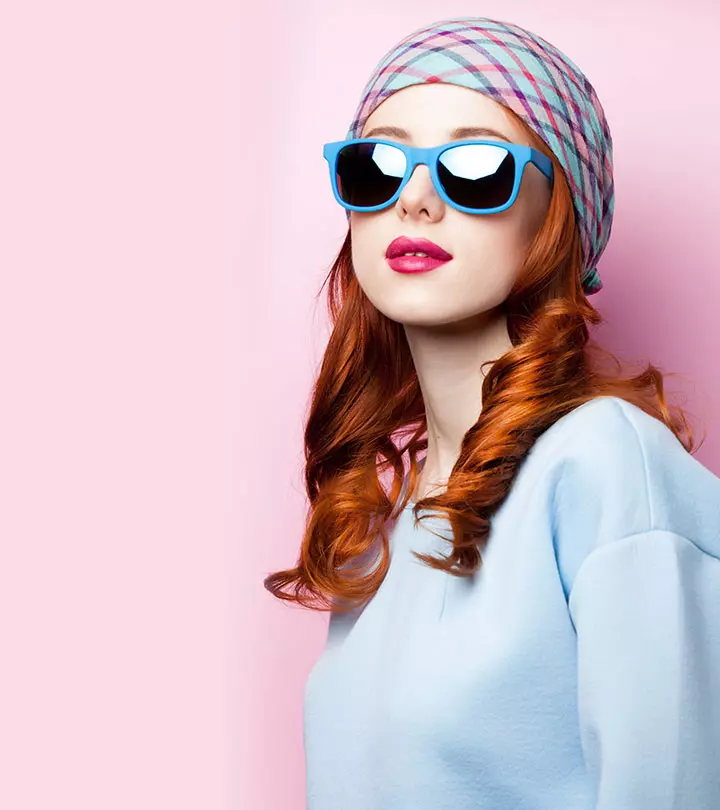
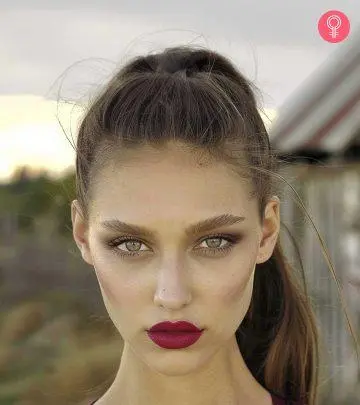
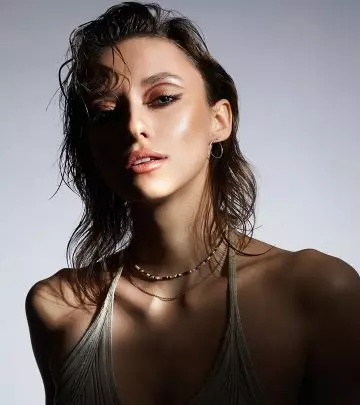

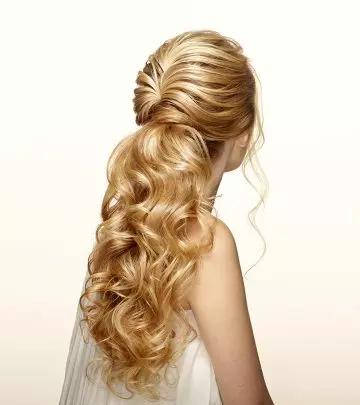
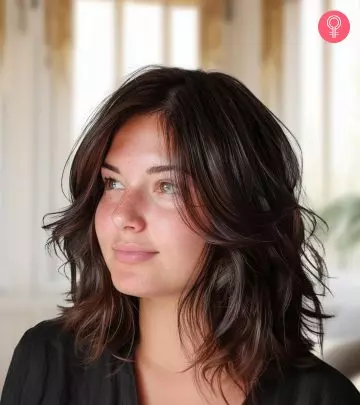


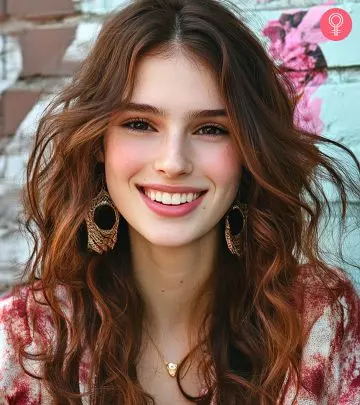
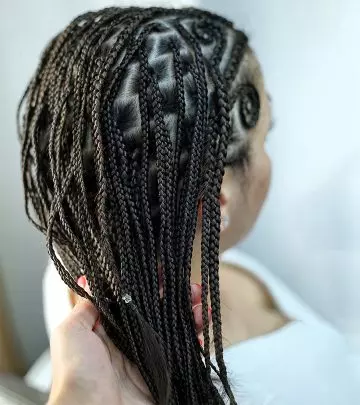
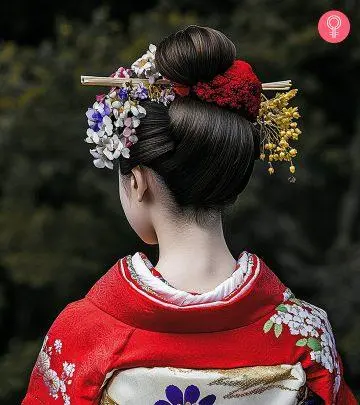
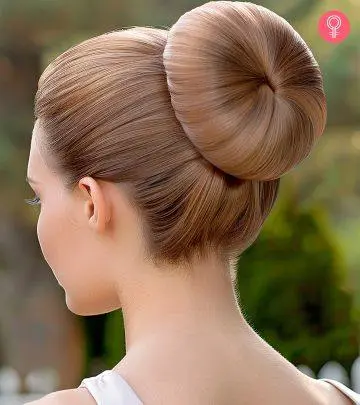

Community Experiences
Join the conversation and become a part of our empowering community! Share your stories, experiences, and insights to connect with other beauty, lifestyle, and health enthusiasts.